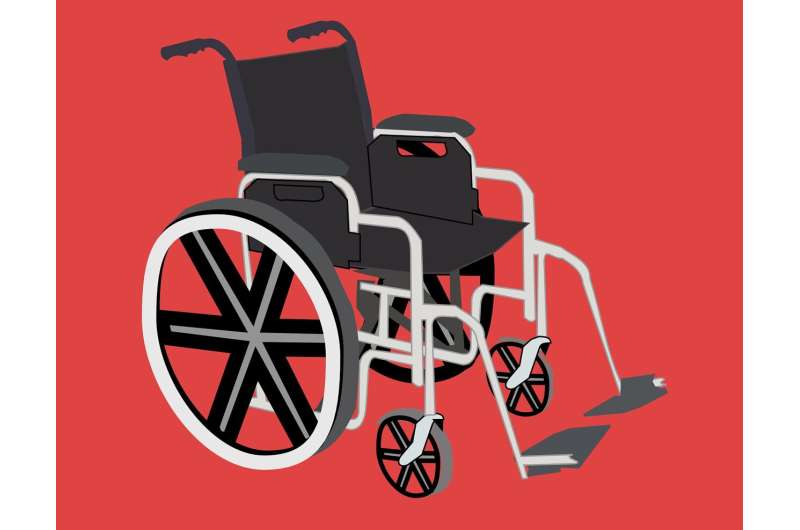Addressing the Challenges of Sexual Health for Women with Disabilities in Africa

Women with disabilities in Africa face significant barriers to sexual health knowledge and contraceptive access, risking health inequalities and marginalization. This article explores regional disparities and necessary policy interventions to improve their reproductive rights.
Despite three decades of global efforts to promote inclusive sexual and reproductive health policies, women with disabilities in Africa continue to face significant obstacles. Their rights to comprehensive sexual health services are frequently overlooked, limiting access to contraception and essential information. This gap is largely influenced by broader societal issues such as poverty, gender inequality, limited education, and restrictive cultural or legal norms. Without proper access to sexual health knowledge or contraception, women are vulnerable to a range of health issues, including unintended pregnancies, unsafe abortions, and higher risks of HIV infection. These problems often remain unaddressed in public discourse.
Research indicates a substantial disparity in access to sexual health information. Many formats crucial for women with disabilities—like braille, sign language, and audio resources—are scarce or unavailable, further marginalizing this group. Socioeconomic and cultural barriers intensify their exclusion, widening health inequalities. To better understand this crisis, researchers analyzed recent Demographic and Health Survey data from ten African countries, involving over 16,000 women with disabilities aged 15 to 49. The study assessed their contraceptive use and level of sexual health knowledge, revealing stark regional contrasts. For instance, in Nigeria, only 3% of women with disabilities had basic sexual health knowledge, while in Uganda, 27% did. Modern contraceptive use was equally low across many countries.
The analysis identified key factors affecting access—including education level, marital status, residence, community literacy, and income. Regions with low levels of knowledge and contraceptive use highlight a pressing need for targeted interventions. Improving education, addressing structural barriers, and expanding access through community outreach, free or subsidized contraception, and inclusive health services are vital strategies. Policymakers must recognize the unique needs of women with disabilities, engaging community leaders to challenge stigma and foster inclusion.
Enhancing information accessibility through formats like braille and sign language, along with integrating disability-friendly services into primary healthcare, are essential steps forward. Addressing these disparities is crucial not only for individual health but also for promoting equity and empowering women with disabilities to make informed reproductive choices.
Source: https://medicalxpress.com/news/2025-08-sexual-health-extra-struggle-women.html
Stay Updated with Mia's Feed
Get the latest health & wellness insights delivered straight to your inbox.
Related Articles
New Intersex Health Communication Guide Promotes Inclusivity and Respect in Canadian Healthcare
McGill University has released a pioneering guide to improve healthcare communication with intersex adults in Canada, promoting inclusivity, respect, and cultural competency to address existing barriers and discrimination.
Q&A: How Research on Mpox is Preparing Scientists for Future Pandemics
Research on mpox has led to crucial insights into the virus, treatment efficacy, and the role of clinical trials during outbreaks, helping scientists better prepare for future pandemics.
Innovative Radioimmunotherapy Successfully Eliminates Cancer Stem Cells in Ovarian Cancer Model
A new radionuclide-based radioimmunotherapy demonstrates remarkable success in targeting and eliminating ovarian cancer stem cells in preclinical models, offering promising prospects for future cancer treatments.
California Resident Contracts Plague After Flea Bite at Lake Tahoe
A California resident camping at Lake Tahoe has contracted the plague, the first case in the state since 2020, highlighting ongoing risks from wild rodents and fleas. Learn about symptoms, prevention, and treatment.



